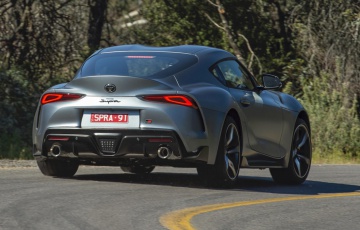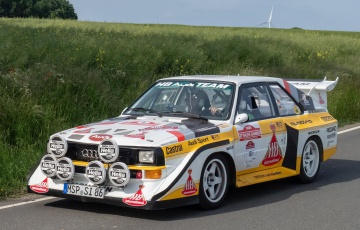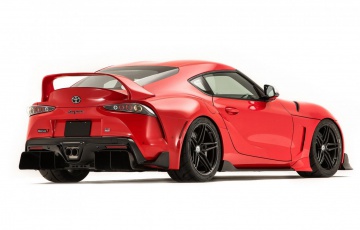In Hot Sup : Toyota GR Gazoo Racing A90 Supra 3.0 Drive [review]
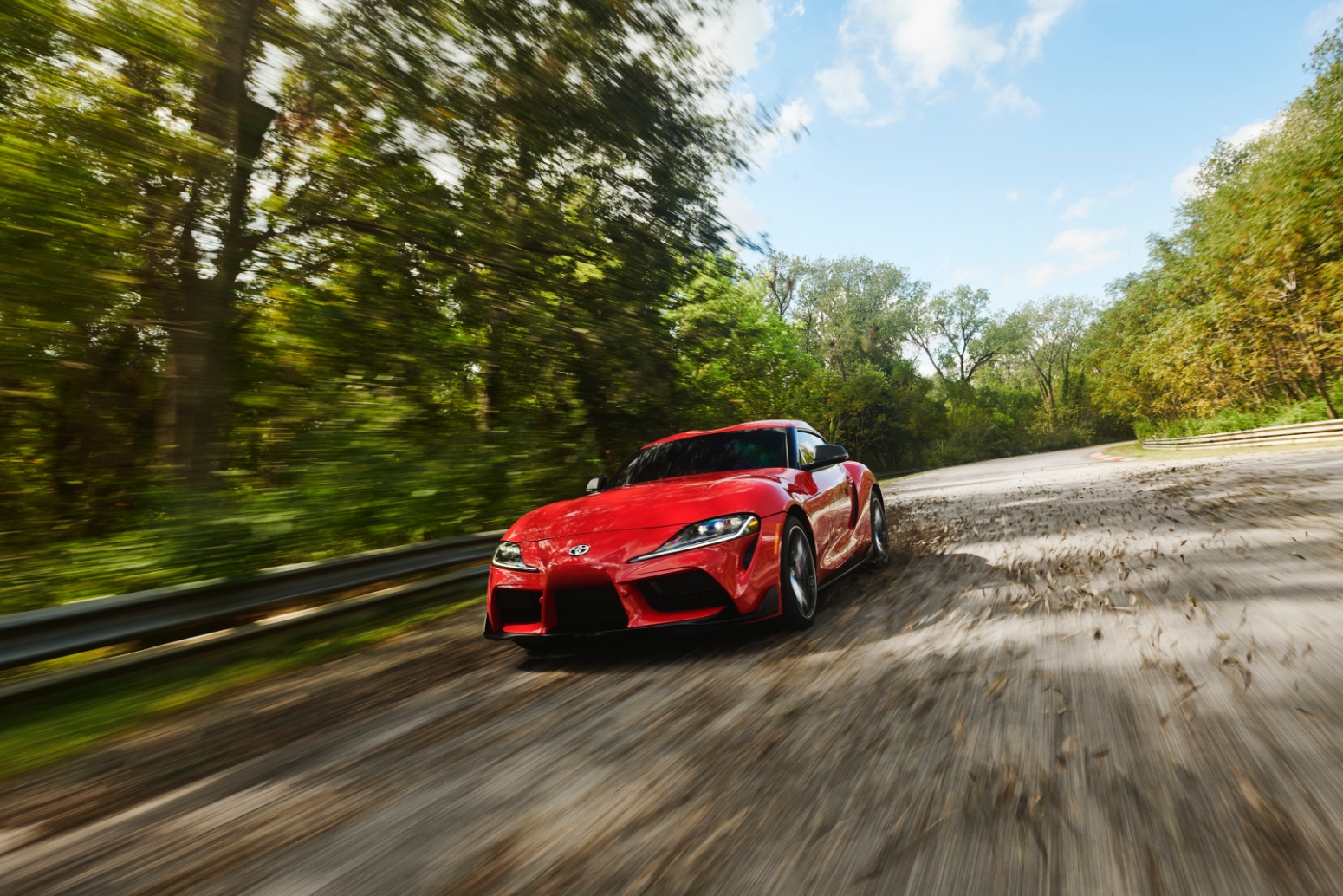
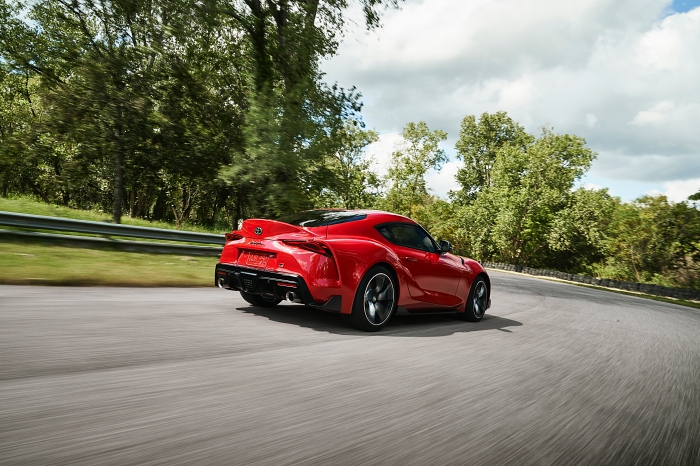
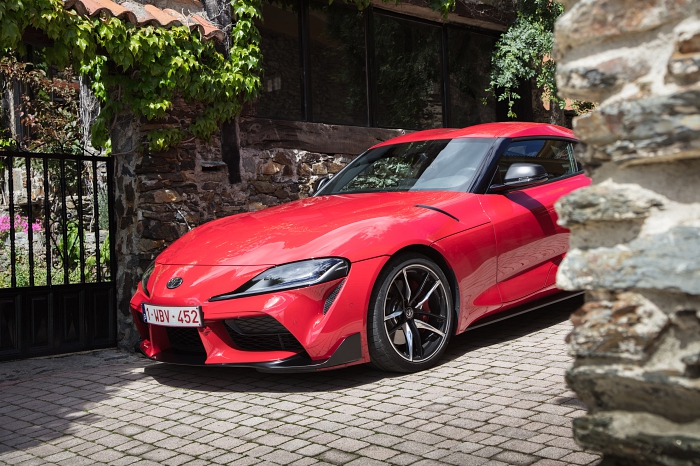
Sportsland Sugo, Sendai, Japan – If Toyota and BMW working together is the only way we’ll get a fresh ‘Japanese’ sportscar today, you’ll hear no objection from me.
With the industry focusing on mass market transport and ‘commuter’ cars, it’s getting harder for manufacturers to financially justify the creation of affordable, bespoke sportscars – and by this, we’re referring to standalone sportscar models, as opposed to just power-puffed-up and stiffened derivatives of existing cars.
Sure, the so-called Supra ‘purists’ are up in arms, but half of them probably recall a semi-mythical highly-tuned 1000hp A80 beast, while the other half were only turned-on to the car through that, urgh, orange ‘beast’ in the Fast and the Furious movie franchise.
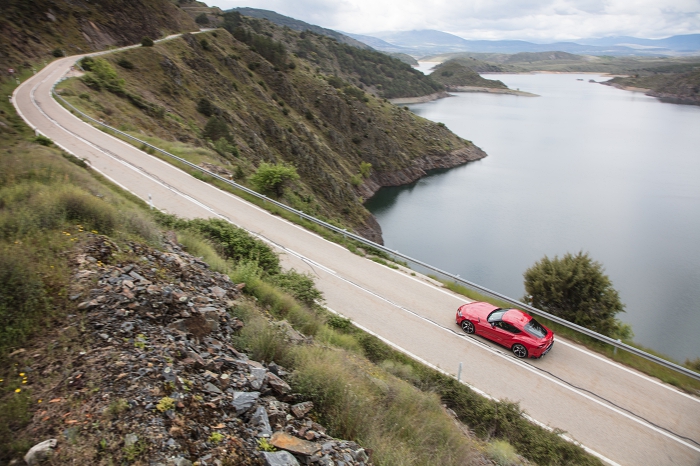
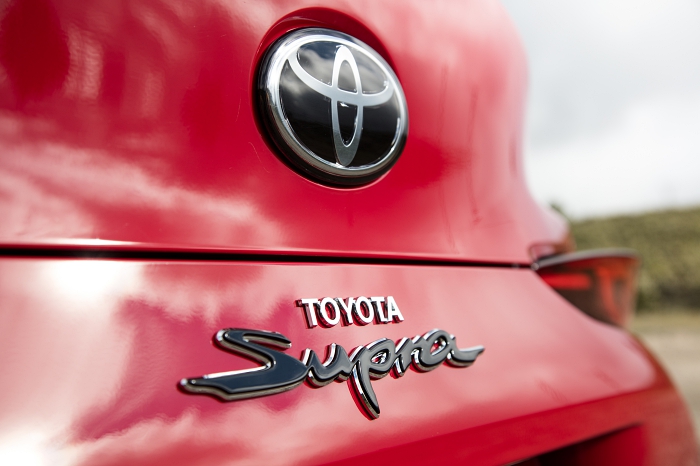
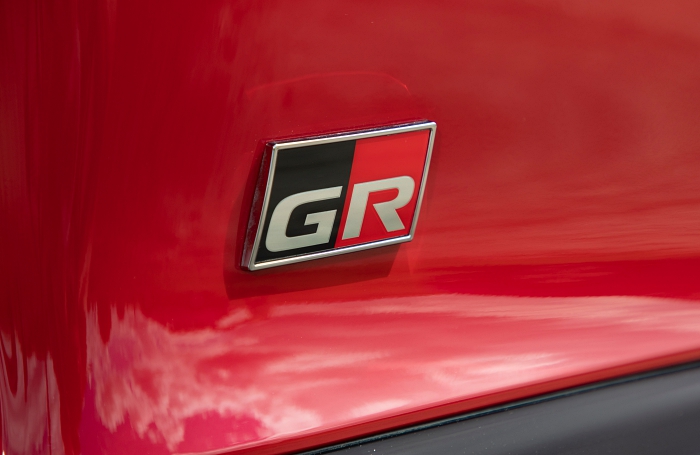
In case you’re still mired in the past, today’s automotive world is no longer characterised by individual brands or patriotic flag-waving, but collectives and alliances that cut across borders to share experiences, insights and more importantly, funds, to survive.
For instance, electric powertrains for the latest EV powerhouses come from Rimac and Williams Advanced Engineering, Geely owns huge chunks of brands like Volvo and Lotus, Jaguar/Land Rover, Rolls-Royce and Bentley are no longer fully British-owned these days, Aston Martin sportscars run on AMG engines and the Volkswagen Group shares platforms from Audi to Lamborghini (and plenty more above and below) – with versatile enough marketing to justify a retail price gap that spans up to half a buck from end to end.
In a nutshell, the world has become a smaller place, but you know what, it’s all the better for it. With sportscars and the thrills that come with driving such focused machines shifting inexorably upwards in the price spectrum, any thing below S$290k is a score for petrolheads, especially with an inline6, rear-drive configuration and Japanese-ish provenance.
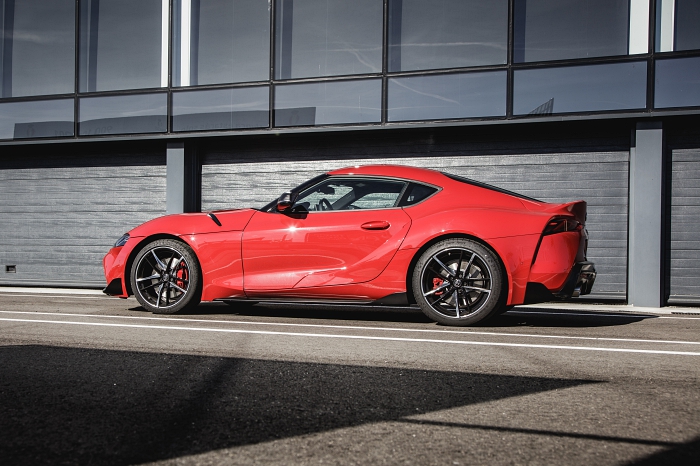
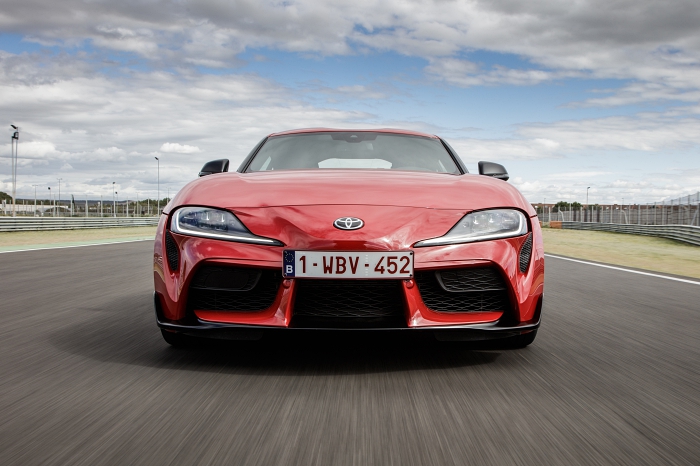
Sure, Toyota could have bumped the Supra up a segment (or two) like the GT-R and NSX, but is anyone actually buying those cars new? The R35 GT-R tips the scales at S$600k, but there are plenty of cars for this money – including pre-owned exotics that offer plenty of flash in the flesh.
(Click HERE to read about the Toyota A90 GR Supra in our 2019 Cars of the Year)
At the upper end of the price spectrum sees the NSX weighing-in at S$1m – proper supercar money – but marketing and selling it today clearly requires more effort than resting on the laurels of its legendary moniker.
To set another Japanese price-marker, the S$200k MX-5 is now only officially offered with a retractable hard-top and auto transmission, a far cry from the original’s cheap-and-cheerful, no-frills driving thrills.
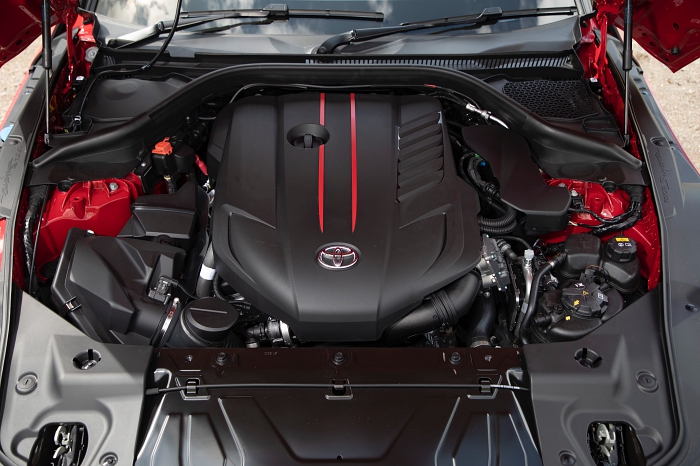
Ultimately, we don’t understand the issue: If BMW and Toyota didn’t work together, the current Z4 and new Supra probably wouldn’t exist, and us petrolheads would be a lot poorer for it, which is why we should be hearing ‘Booyah!’ instead of ‘boo’, but go figure… because #outrage is the new norm.
Besides, there are worse brands for Toyota to collaborate with than BMW, which has the relevant experience in the classic six-cylinder/rear-drive configuration – perfect for the Supra recipe.
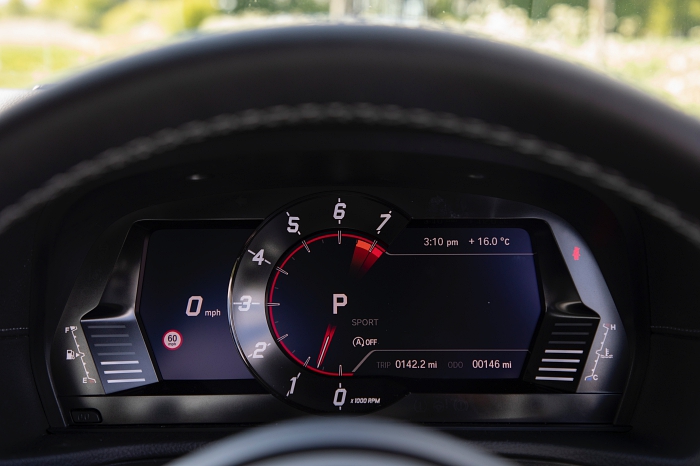
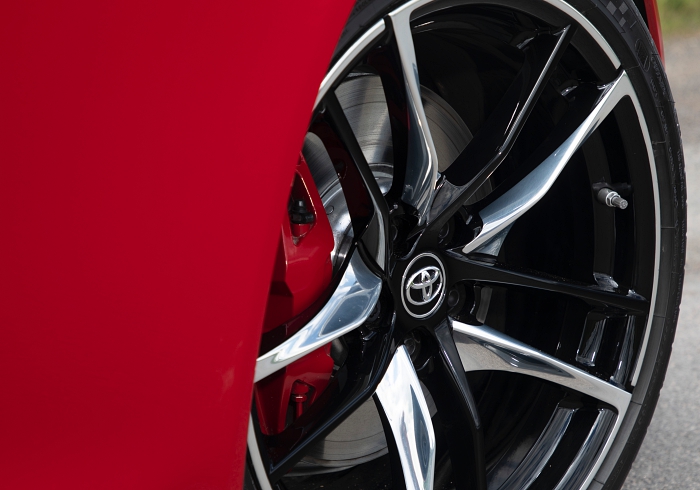
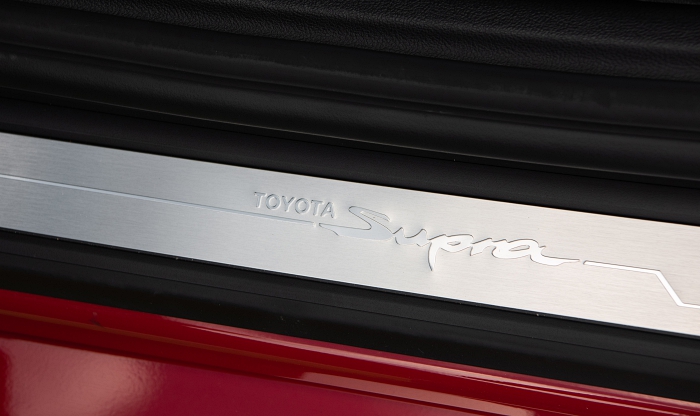
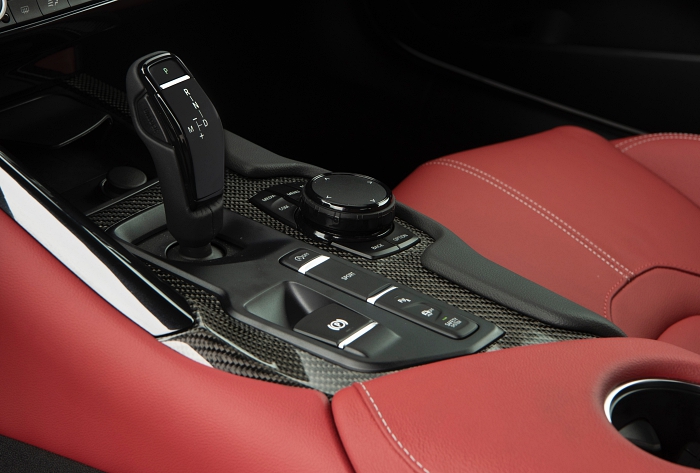
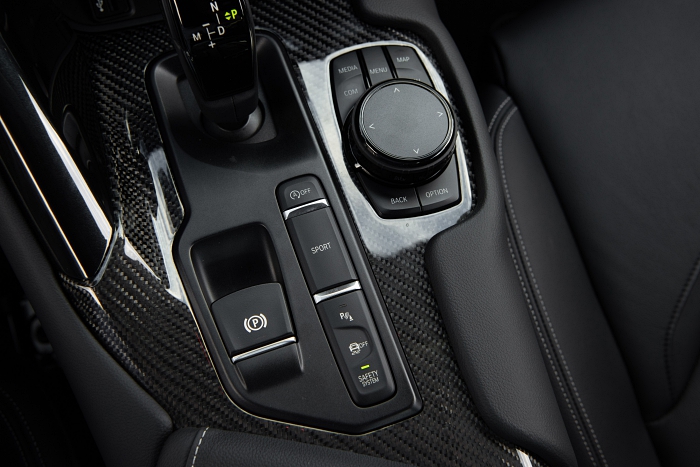
Our personal encounter with the A80 Supra in the early 2000s was a friend's 1000+hp monster that terrified and thrilled in equal measure, because in many ways the A80 was like the R34 GT-R – not terribly enjoyable in stock form and needed at least 450hp before things got pokey perky.
(Click HERE to read about the R32 and R34 Skyline GT-R...)
With 340hp and more importantly, a monumental 500Nm, the latest A90 is a storming performer out of the box, and it seems to attract a lot of haters only because it’s trendy in some quarters to be seen taking pot-shots at Toyota’s new hot-shot.
If you do need more punch or handling finesse, it’s great that the Supra’s Chief Engineer, Tetsuya Tada, acknowledges and welcomes the contribution of aftermarket tuners in creating such an enduring legacy for the ‘Supra’ model, so tweaking your Supra isn’t going to tweak Toyota’s nose.
Having said that, Tada-san doesn’t rule out a more powerful M-engined, or even a manual Supra in time to come from Toyota itself – after all, there are already a pair of 2.0-litre models, in addition to the 3.0-litre we drove.
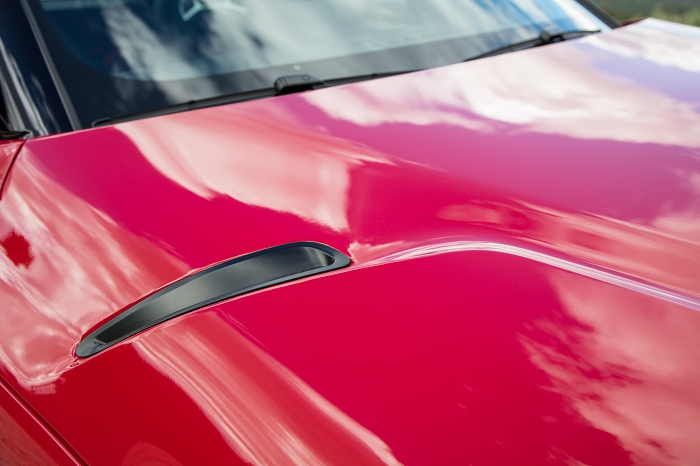
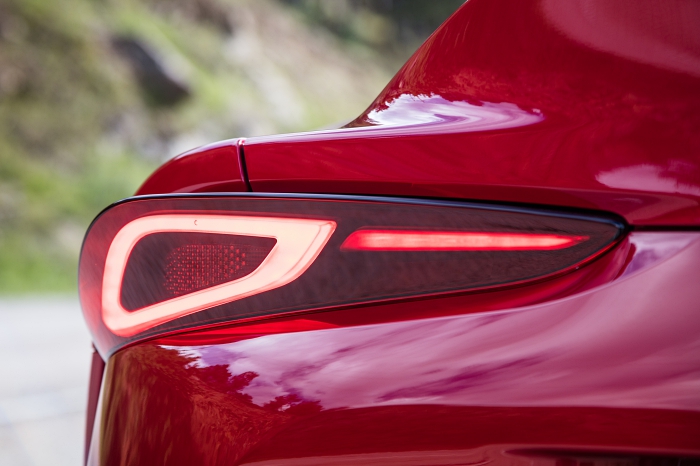
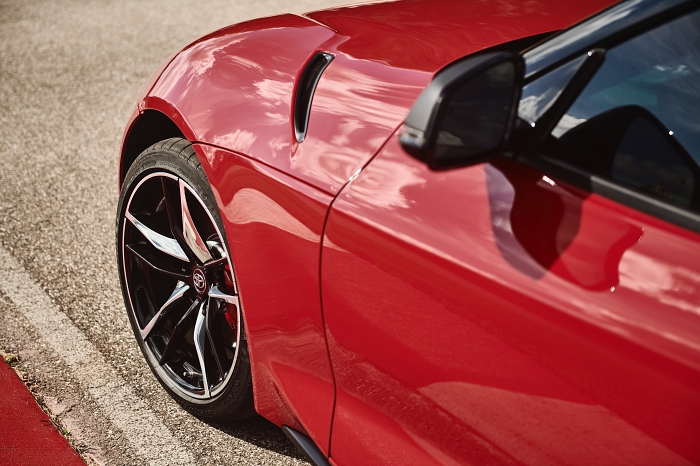
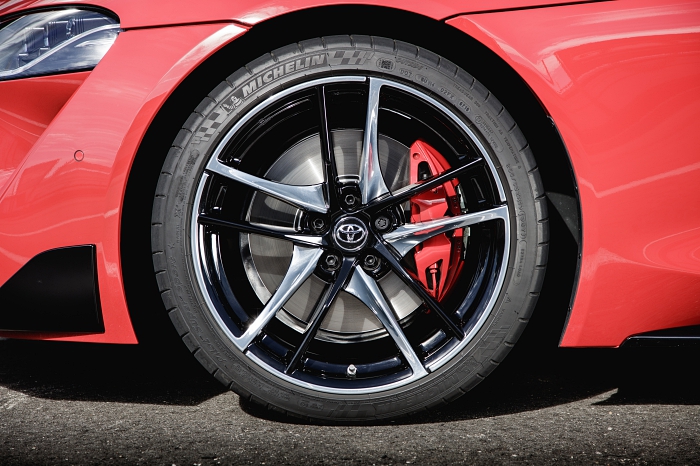
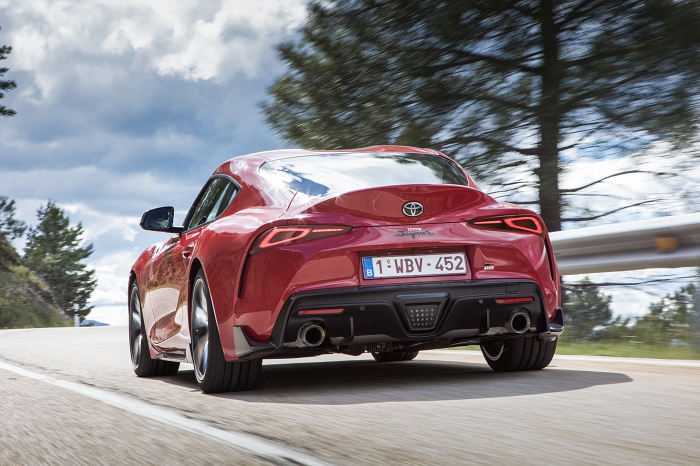
The low-slung A90’s aesthetic cues work better in the flesh than in photos – part FT-1, part legacy, but all its own – which results in a dynamic and sophisticated coupe that looks at home on both race-track, as well as the office carpark.
In case you’re wondering, the blocked-up louvres and vents aren’t for show, but can be opened-up by an avid track-goer when more aero and cooling are required. Even the lightweight, resin-constructed ‘lift-back’ is specially reinforced to cope with the additional downforce an owner fitting a big GT wing will encounter.
Evocative sportscars should always be about the drive (and not the drivel) – after all, these aren’t appliances – so don’t diss the Supra till you’ve driven it. It isn’t difficult to get into the stock A90’s groove, because the snappy 8spd auto, turbocharged 3.0-litre punch and chassis work well together to create a compelling, incisive performer that is close to, but discernibly distinct from its ‘brother from another mother’, the Z4 M40i.
(Click HERE to read about our drive in the BMW Z4 M40i)
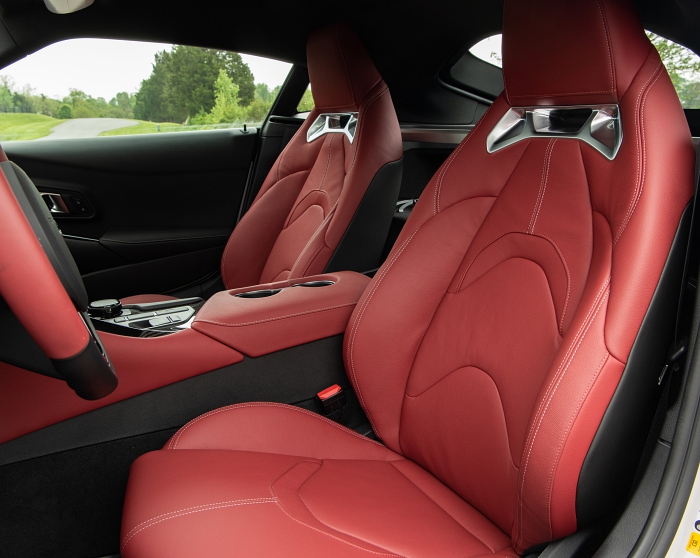
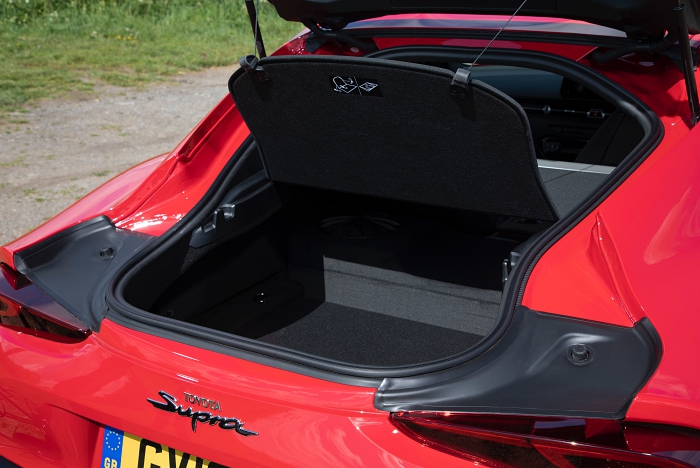
The eagle-eyed will point out the A90 loses the rear +2 seating of its predecessors, but this is due to a shortened 2470mm wheelbase (shorter even than the 86’s 2570mm). This helps the Supra achieve a 1.55 ‘golden ratio’ between wheelbase and track-width for even sharper responses.
To put this in perspective, the LC 500 is 1.76 and the 86, 1.68, with any figure smaller than 1.55 running the risk of being too twitchy and oversteery to drive. However, golfers needn’t fret either, because a through-load from the boot will accommodate a golf-bag right down the middle.
(Click HERE to read our LC 500 review)
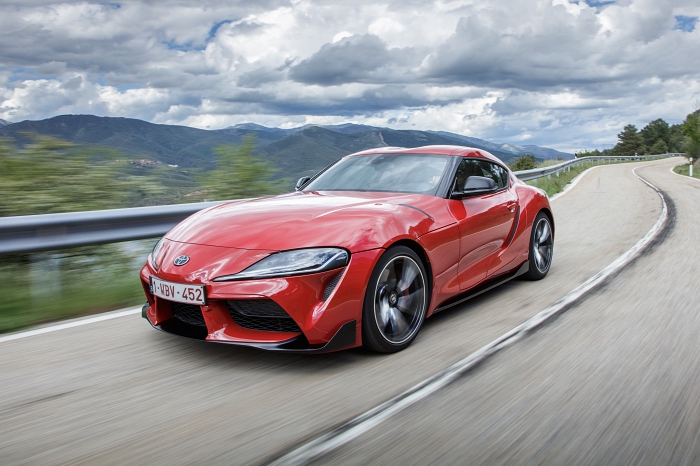
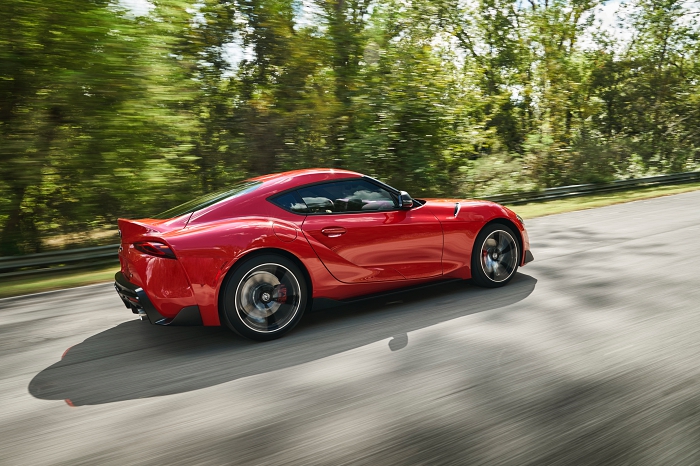
On the road, the pliant ride is composed and soaks up imperfections with aplomb, but on track, the body-control lends itself well to quick direction changes without unsettling the car’s composure. There’s a maturity to the ride quality, and the muffled baritone soundtrack helps the Supra outgrow its rowdy ‘boyracer’ credentials.
Even then, it’s never hard to be the devil on the shoulder to wrangle the Supra into wanton displays of hooniganism in the heat of the moment – the big torque on tap from just 1600rpm gives one progressive control over any waywardness, and the reassuring brake pedal feel is backed up by a powerful set of binders.
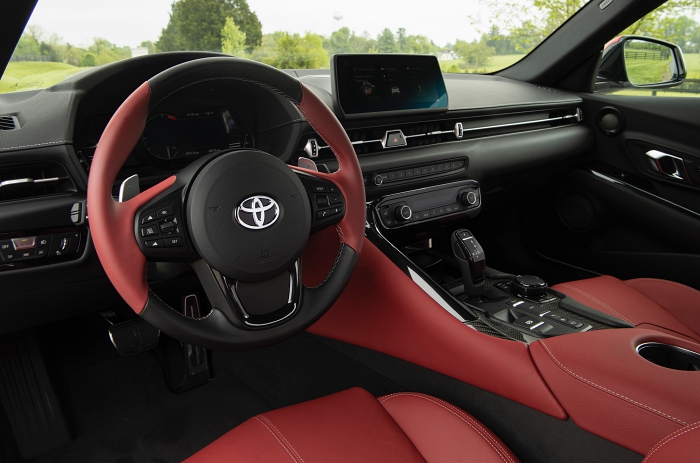
The ergonomics of the racy red-black interior are familiar, there’s a solid, tactile weight to the controls and the quality of gearshifts is explosively authoritative, all of which reinforce the Supra’s status as fast-road bruiser, as opposed to lazy cruiser or hardcore abuser that’ll rough you up after every drive.
There’s an eagerness to its personality to please the committed driver, especially one who isn’t afraid to grab it by its scruff for a session of rough and tumble, and even then, the Supra will never draw blood unless it’s provoked by the recalcitrantly ham-fisted.
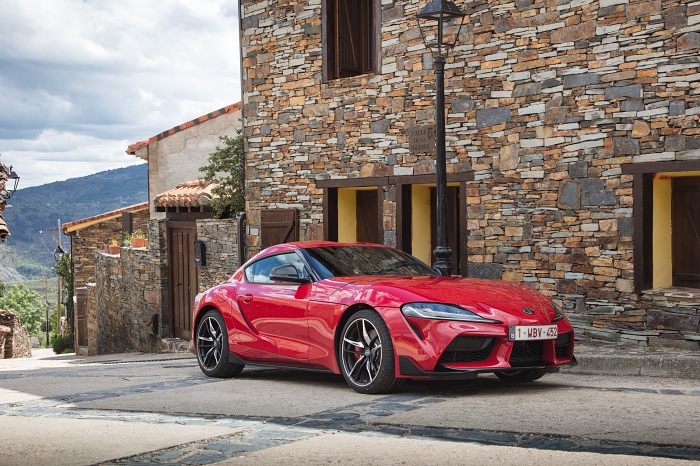
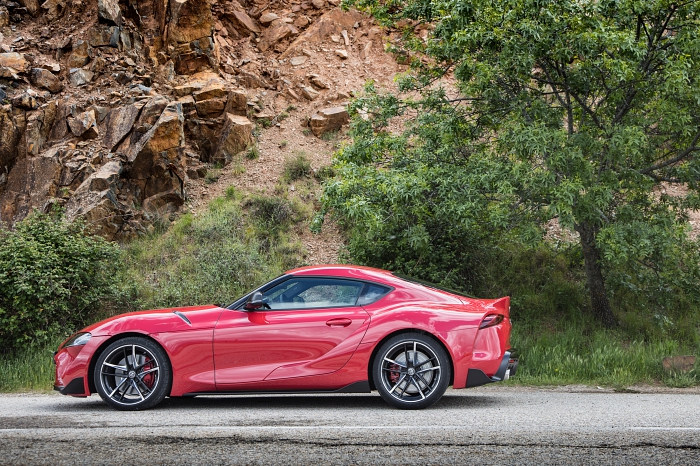
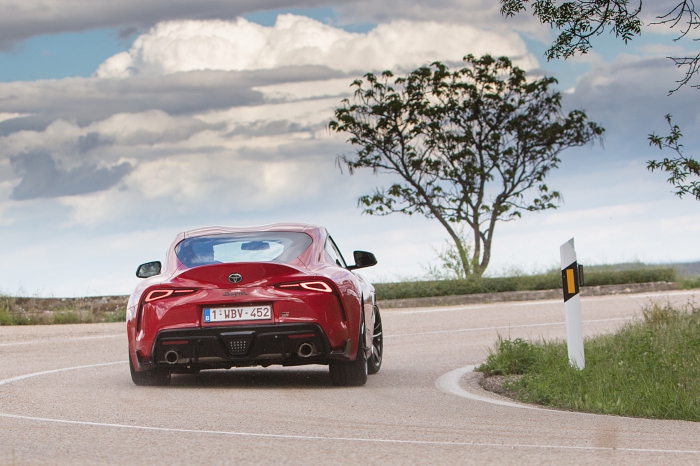
Look beyond outright acceleration (though 0-100km/h in 4.3secs is nothing to sniff at), outright speed (this isn’t the 90s, so most decent hatchbacks will touch 200km/h these days) or even a pseudo-‘stripped-out’ driving experience, such as the sort offered by the Alpine A110.
(Click HERE to read about the A110... & a Lotus Elise S1)
Why? Because the Supra has stayed true to form, in erm, stock form: It offers an engaging, invigorating drive with a well-rounded enough personality to tackle the daily commute to/from home/office and cross-country touring needs, as well as the occasional B-road blast and trackday foray.
As far as we’re concerned, this Sup’ is just right – not too hot, and certainly not too cold.
PHOTOS Toyota
TOYOTA GAZOO RACING SUPRA 3.0 (A90)
Engine 2998cc, inline6, turbo
Power/rpm 340hp/5500-6500rpm
Torque/rpm 500Nm/1600-4500rpm
Transmission 8spd auto
0-100km/h 4.3secs
Top Speed 250km/h
Fuel Consumption 8.2l/100km
CO2 203g/km






